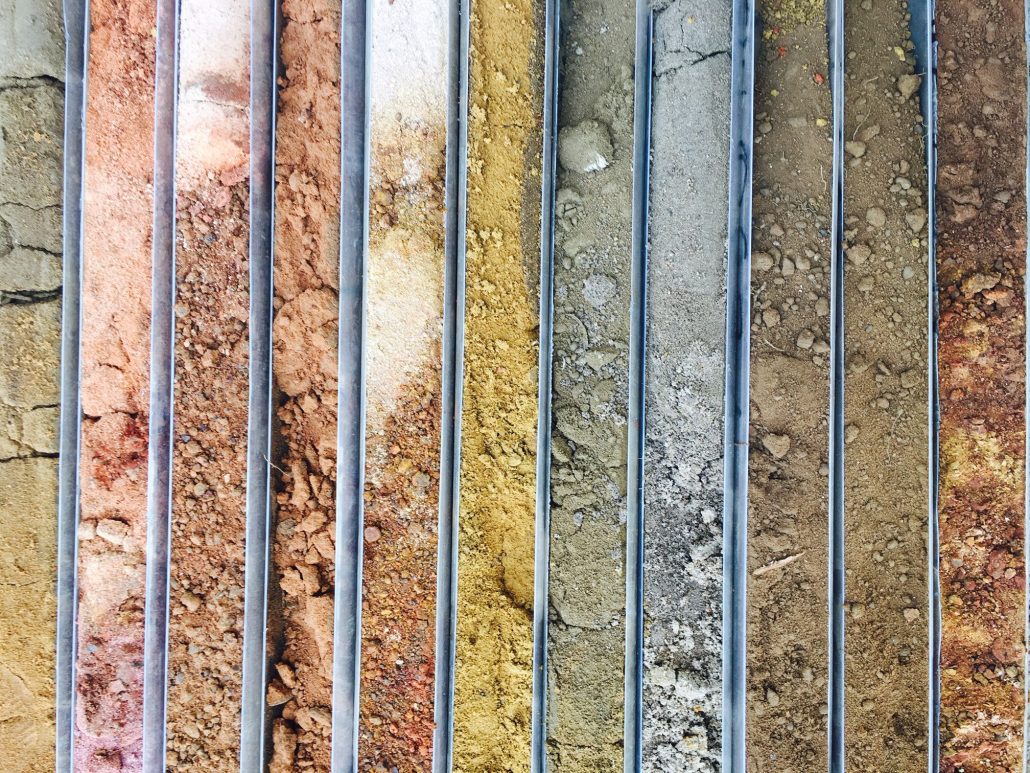
MYSOIL
CLASSIFICATION™
PHYSICAL SOIL CLASSIFICATION
MYSOIL CLASSIFICATION™ service is the detailed mapping of an area’s soil physical properties. This involves the investigation of the soil profile, layer for layer, to a minimum depth of 1.2m (limiting layer dependent). The nature of the physical properties in the profile determines its long-term potential for agricultural use. The potential of a soil is a result of its inherent qualities such as natural drainage, aeration, effective rooting depth, texture, bulk density, structure, etc.
MYSOIL CLASSIFICATION™ reports provide detailed maps of the soil forms, potential rooting depth, plant available water capacity, limiting layers, possible anaerobic conditions, management zones, etc. Reports include recommendations regarding the most effective soil cultivation methods for the specific soil and intended crops and how the soil potential could be improved. Areas presenting long-term risks are identified and recommendations on how these could be mitigated are provided.
Moisture probe positions are indicated and variable seeding and fertilisation maps are also included. This service provides crop-specific recommendations for crop suitability, soil potential, cultivation, drainage, soil improvements, irrigation suitability and type and effective long-term management.
• Identification of areas where drainage is required and installing drainage where necessary, thereby preventing long-term waterlogging. Areas with poor subsurface drainage are often not visible on the surface, but can be identified with MYSOIL CLASSIFICATION™.
• Base the orchard layout on the soil variation, thereby ensuring that homogeneous areas are irrigated together. By doing so, the forming of dry and wet spots in the same irrigation cycle (which leads to variability in crop performance) will be avoided.
• Place/install moisture monitoring probes in the correct positions. Probes installed in the wrong locations provide data that is not representative of the blocks – ultimately resulting in sub-optimal production.
Existing orchards:
• Effective management, understanding the overview picture and making improvements.
• Access to a detailed management plan for existing orchards to optimise and improve existing strategies.
• Identify the cause of poor production – most production issues are directly or indirectly caused by inherent soil-related issues.
• Assessment of the efficacy of current soil management strategies.
• Detail on soil potential and water holding capacity – ideal for adjusting current irrigation strategies.
• Knowledge of and insight into any potential redevelopments.
ROW CROPS
Pivots or other irrigation methods:
• Identify any underlying soil-related issues and correct them.
• Practical irrigation strategies – overirrigation or waterlogging causes major challenges.
• Irrigate according to the soil type and specific crop – soil variability often necessitates some level of management to optimise soil moisture content and maximise growth and yield.
•Apply correct soil cultivation methods – to get the most out of the soil – every soil is different.
• Match the soil and crop requirements.
Dryland or rainfed
• Understand where the best soils are and why they are good. Often the best soils underperform due to well-intended mismanagement.
• Manage the soil correctly to maximise the soil potential.
• Mapping the variability of the soils, as soil variability leads to variation in crop performance.
• Using soil variability to one’s advantage. Some soils are simply better than others due to their inherent physical properties.
• Vary inputs (seed and fertiliser) based on the inherent variability to maximise the return on investment. In the long-run, certain soils just cannot provide the necessary (favourable) conditions to sustain optimal growth.
The bottom line for conducting a soil classification is maximising your return on investment.

